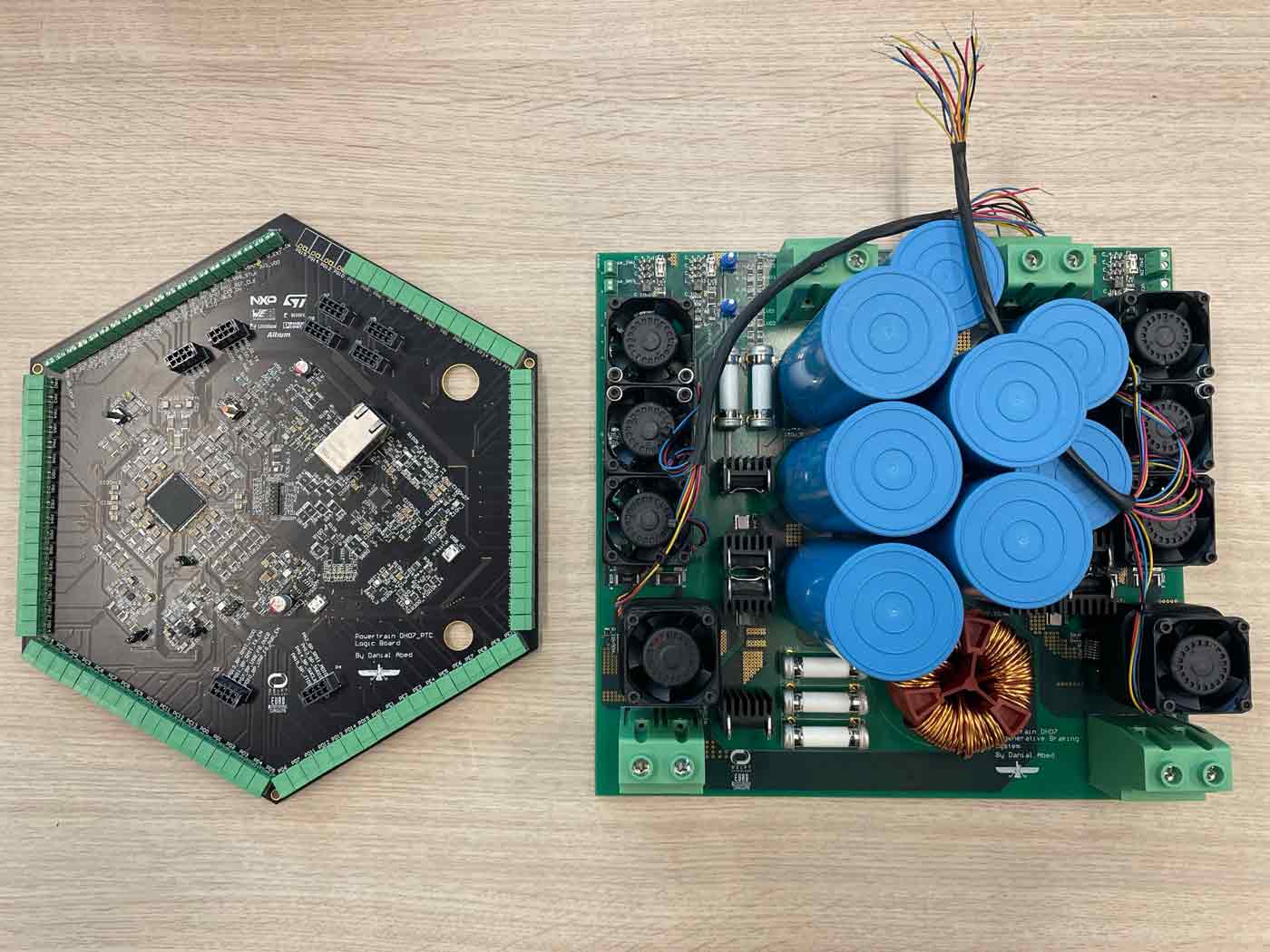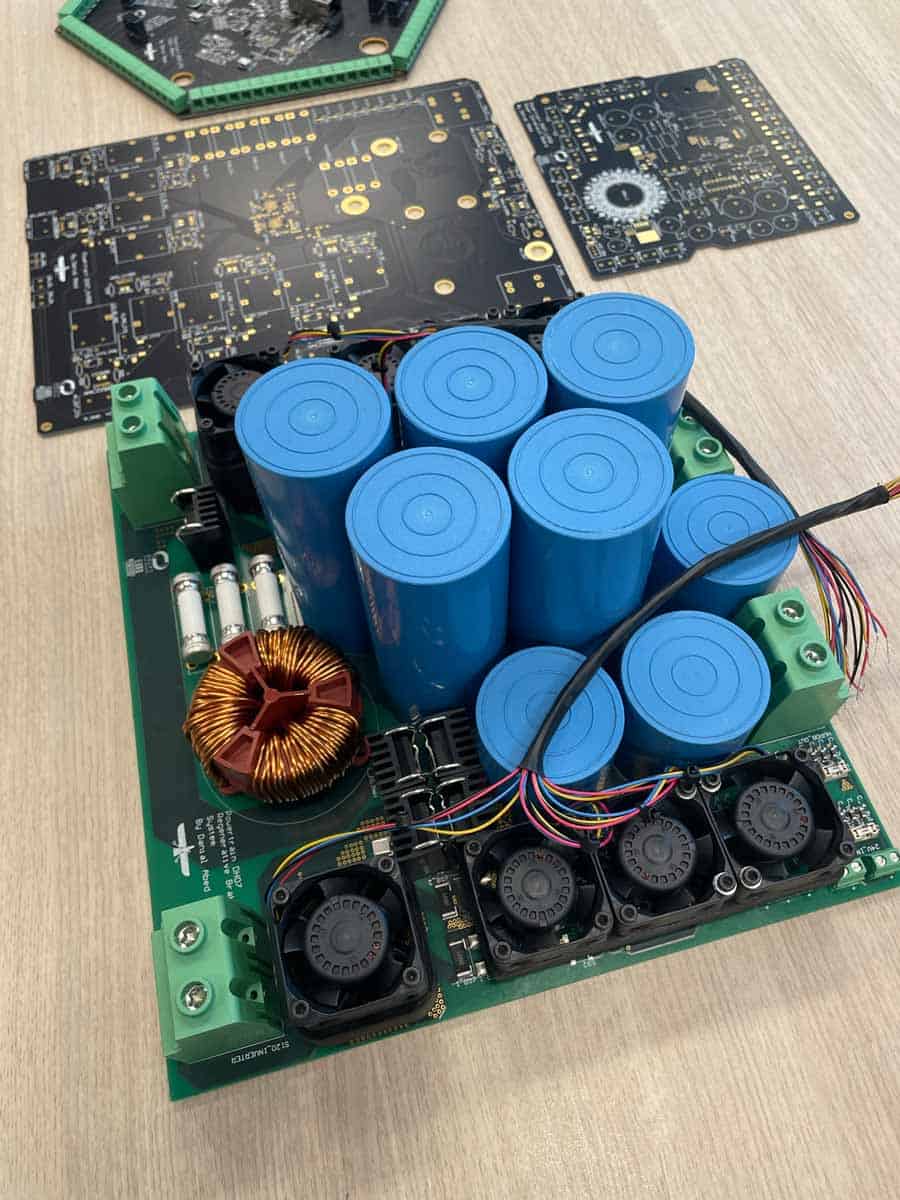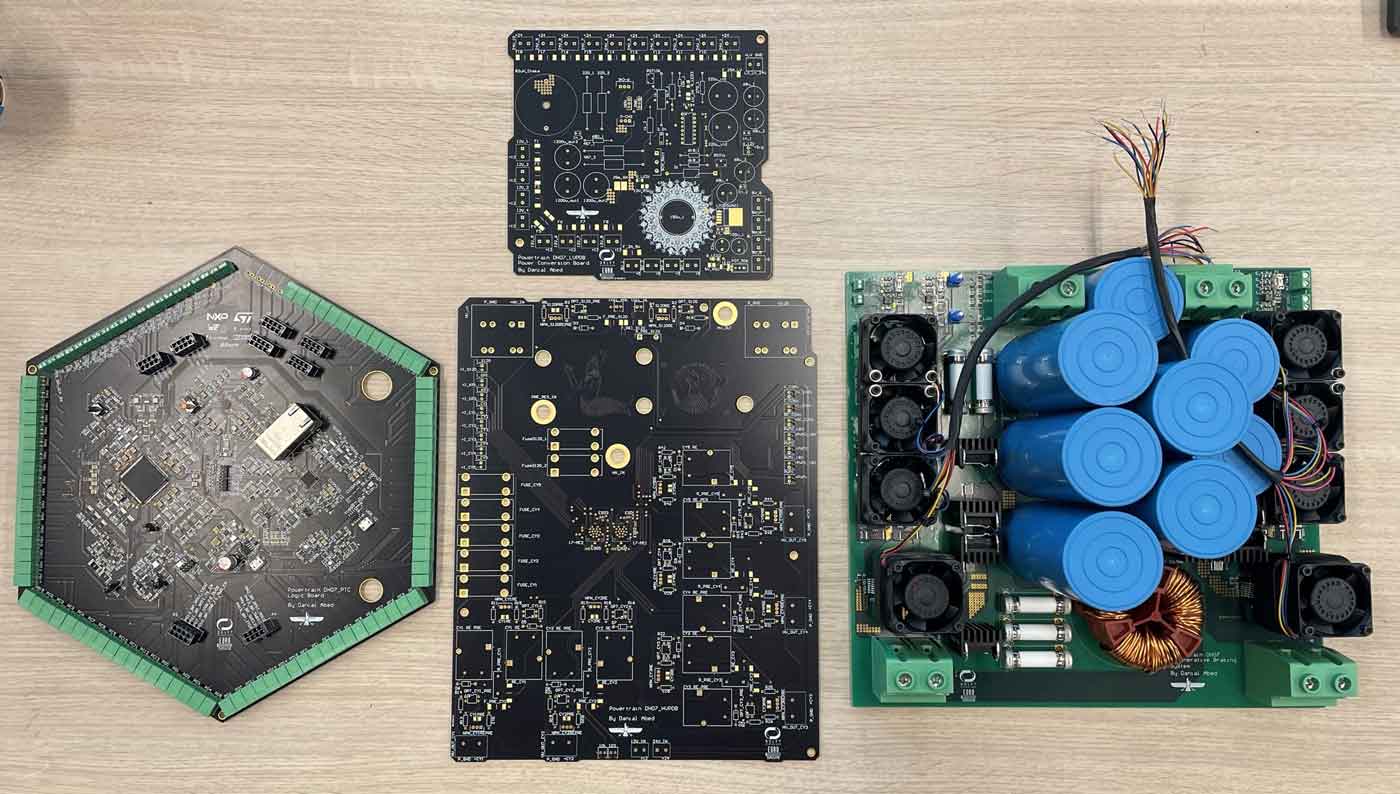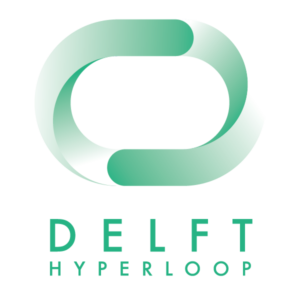Introducing Delft Hyperloop VII
This academic year (2022-2023) Delft Hyperloop, a team of 41 students, will try to win the ‘’complete pod award’’ at the European Hyperloop Week in Edinburgh. Our predecessors, DH06, won this award last year in our hometown, Delft. In order to win the ‘’complete pod award’’ again, we must raise our bar again. We will build a new prototype, Helios II, and a 50-meter-long track to prove the hyperloop technology. Therefore, we came up with 3 major challenges that we think we can win with: A hyperloop will be fully levitating so there will be no rolling resistance. On speeds of 1000km/h, wheels get highly inefficient. By taking this resistance away, our prototype will be one step closer to the actual concept of a hyperloop. DH06 had a permanent magnet on their prototype and the active part of the motor was placed on the track. This means that there are a lot of coils needed over the whole length of the track. Since ‘’scalability’’ is one of our important design pillars, we want a pod that needs a cheap and simple infrastructure. That means that we put the active part of the motor back on our pod and our track only consists of steel. This year we are taking the challenge to cool our prototype. This is one of the biggest technical challenges of a hyperloop since it is traveling through a near-vacuum tube. This means that we cannot cool the pod with the surrounding air, such as a car does. We are going to cool the pod using PCMs (phase-changing materials). These materials change from phase while taking the heat from the environment.
The Role of Printed Circuit Boards (PCBs) for Delft Hyperloop
The Hyperloop will be a high-speed mode of transportation that promises to revolutionise the way we travel, offering high efficiency and speed. At the heart of this groundbreaking technology lies the network of Printed Circuit Boards (PCBs), which enable the operation of the Hyperloop system. In this blog, we will explore the critical role of PCBs provided by Eurocircuits in our prototype (Helios II) and explore their importance in ensuring a safe and efficient journey.
Printed Circuit Boards (PCBs) are thin, flat boards made of non-conductive materials, usually fiberglass, on which electronic components are mounted. These boards act as a backbone for electrical connections and provide mechanical support for various electronic devices.
PCBs play a vital role in ensuring the Hyperloop transportation system’s safety, reliability, and efficiency. They enable power distribution and control, ensuring a stable power supply throughout the system. PCBs facilitate efficient signal processing and communication, allowing real-time monitoring and control of various subsystems. Additionally, PCBs integrate crucial safety systems, including emergency braking. Their ability to facilitate miniaturisation and space optimisation reduces weight and maximises available space within the Hyperloop capsules. PCBs are indispensable components that contribute to the successful operation and advancement of Hyperloop technology.
Printed Circuit Boards form the Hyperloop pod’s heart and brain, powering its complicated systems and ensuring a safe and efficient run. From power distribution and control to signal processing and safety integration, PCBs are at the forefront of this transformative technology. As the Hyperloop continues to evolve and become a reality, the advancements in PCB technology will undoubtedly play a vital role in its success, pushing transportation’s boundaries.
For more information please visit the Delft Hyperloop website.












